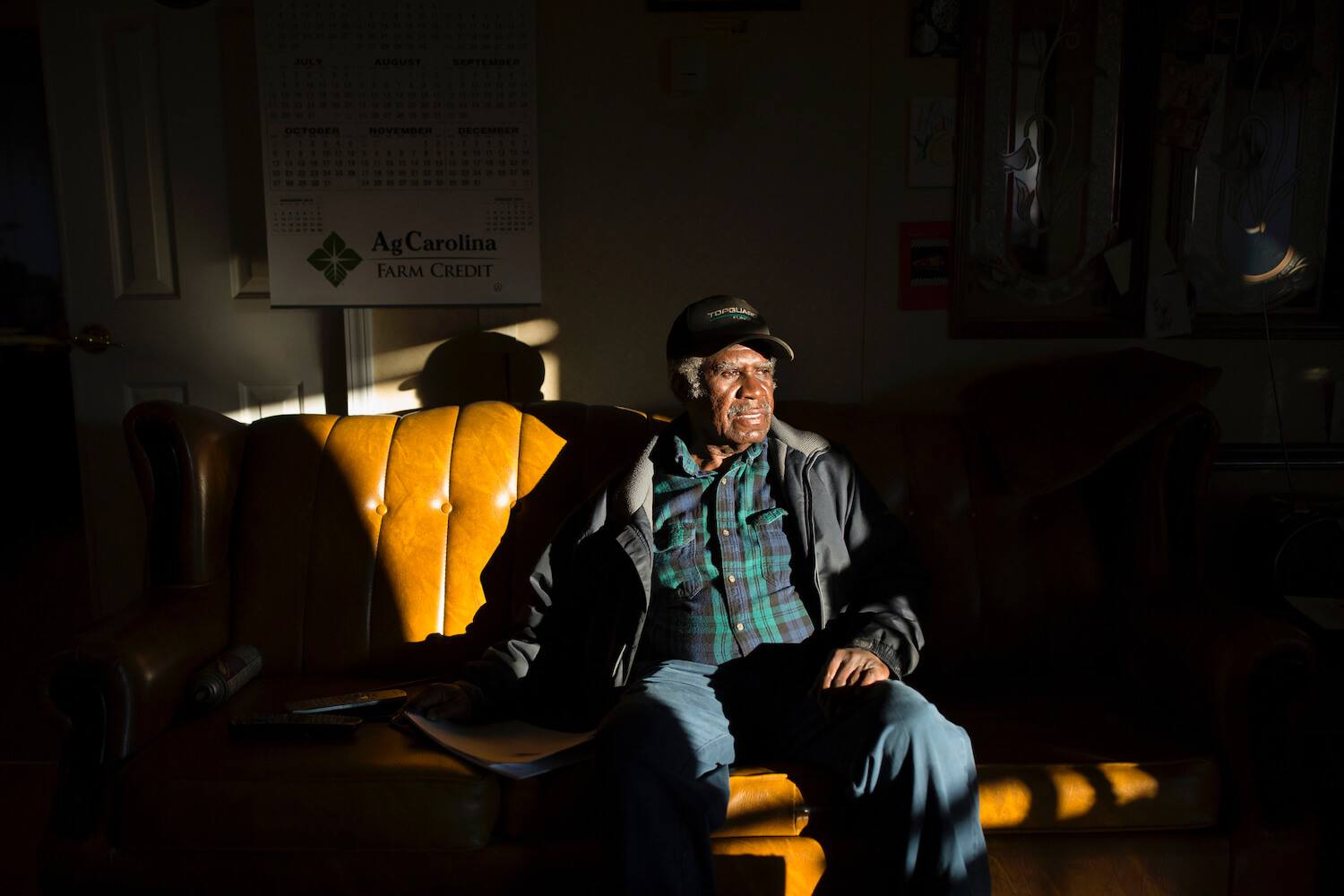How the rise of supermarkets left Black Americans behind
For decades, white flight and racial stereotypes have made it harder for Black people to access supermarkets. Grocery outlet chains expanded mainly in suburban areas in the latter half of the 20th century, leaving many low-income neighborhoods behind. This has left many urban Black neighborhoods with more expensive options and a lack of healthy foods. In the 50 largest U.S. metro areas, approximately 18 percent of predominantly Black neighborhoods had limited supermarket access, in comparison to 7.6 percent of majority-white neighborhoods, according to an analysis by CNN Business.


